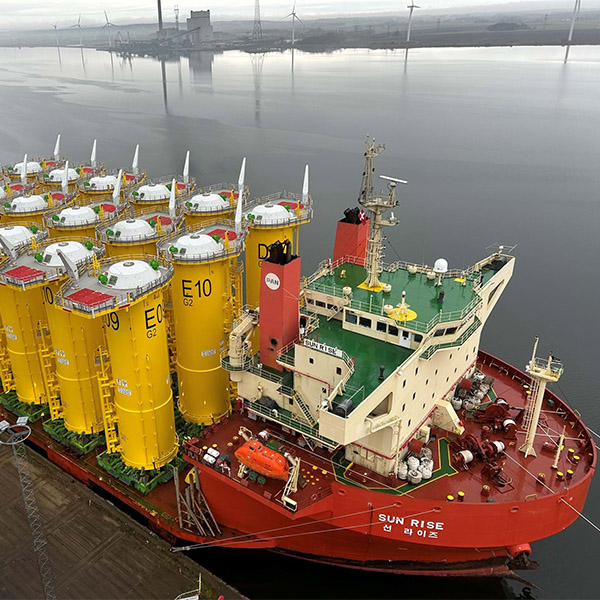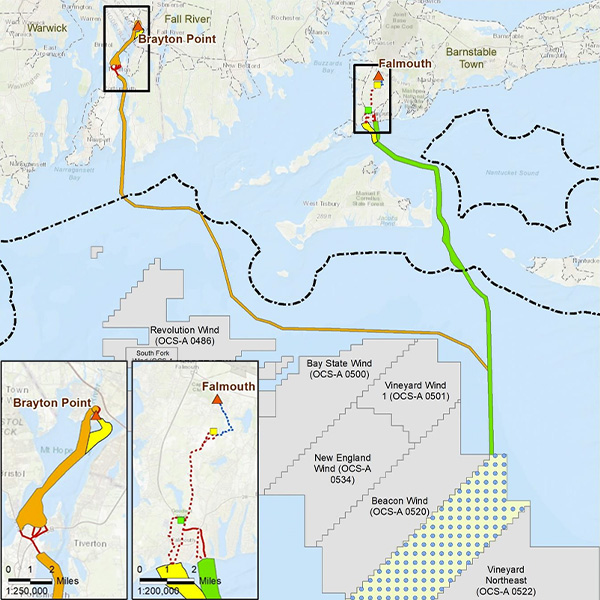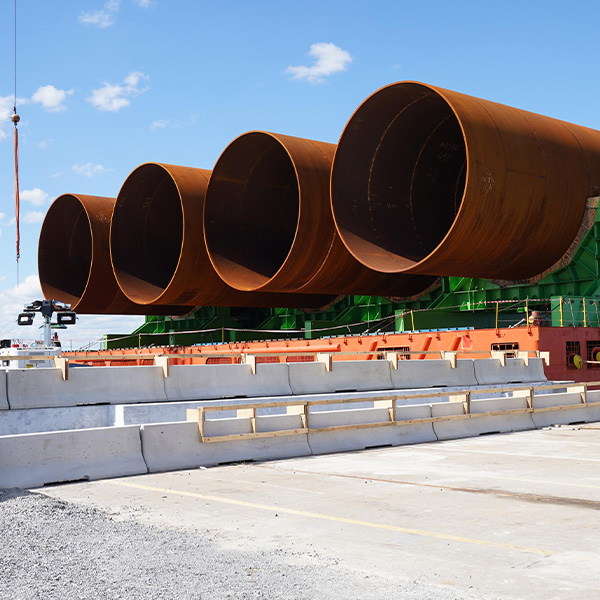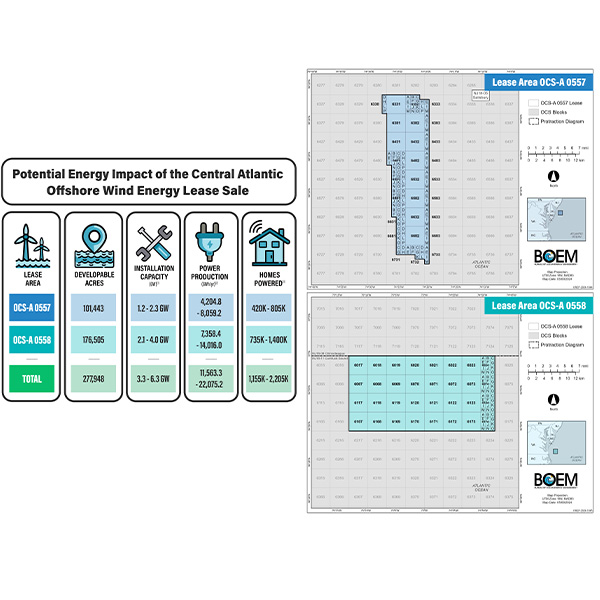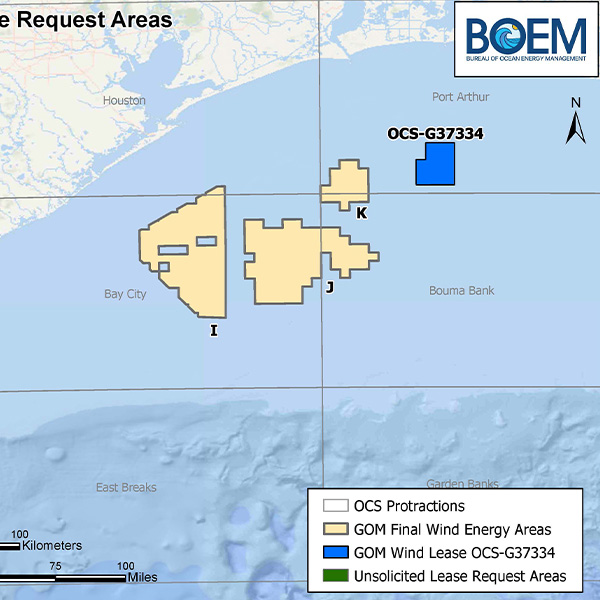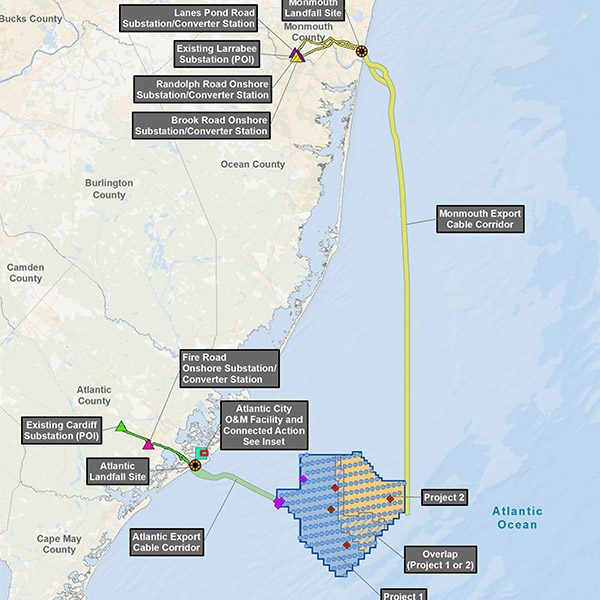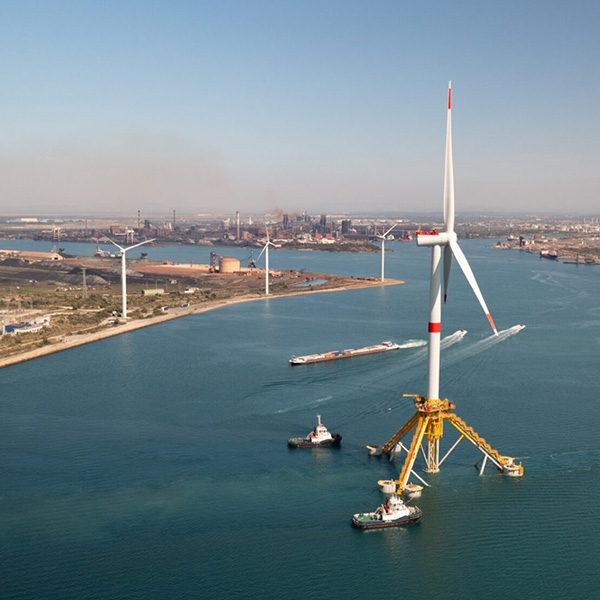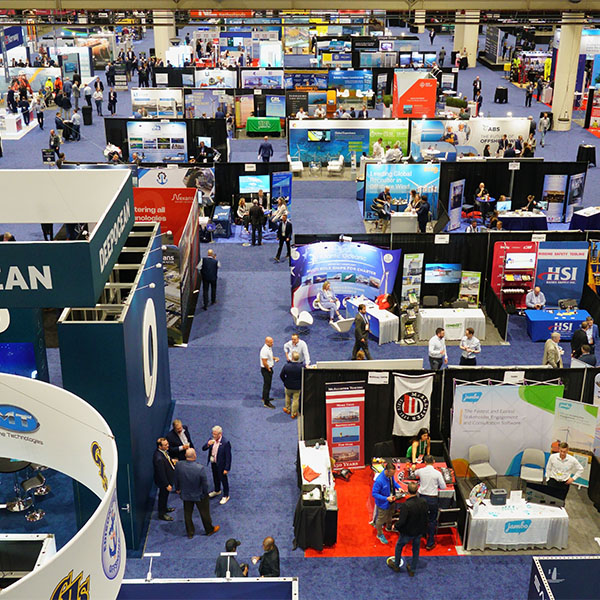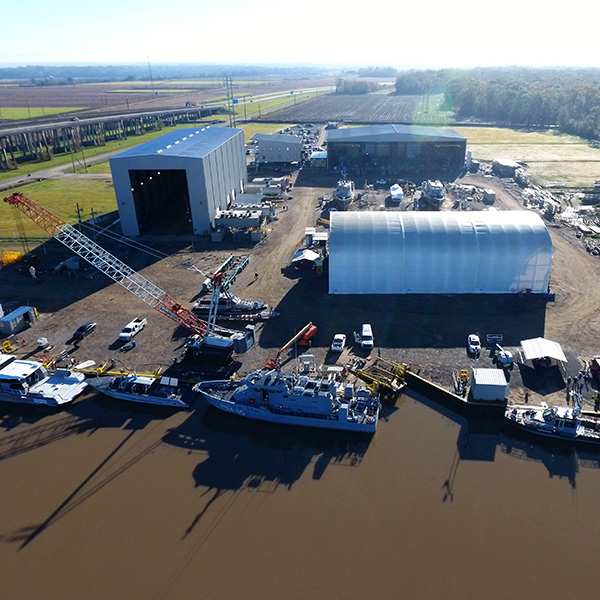Oceantic Network
The Oceantic Network, formerly the Business Network for Offshore Wind, is a member-based organization based in Baltimore that is dedicated to growing the offshore wind and other ocean renewable industries and their supply chains.
Oceantic Network released a report on the thousands of jobs created and billions of dollars invested through more than 1,900 supplier contracts that span 40 states.
President-elect Trump said he would halt offshore wind power development, but how big of an impact he will have on the industry remains to be seen.
The Bureau of Ocean Energy Management issued the final environmental impact statement for SouthCoast Wind, bringing the project one step closer to final approval.
Several clean energy industries were clear losers after former President Trump's reelection, and offshore wind and EV company stocks took hits the day after the election.
Two Central Atlantic offshore wind areas drew a combined $92.65 million in high bids during the region’s first federal wind lease auction in a decade.
The second Gulf of Mexico wind lease auction has been canceled for lack of interest, but an unsolicited request has been submitted for wind lease elsewhere in the Gulf.
The Bureau of Ocean Energy Management has given the go-ahead to New Jersey’s foremost offshore wind project, the 1,510-MW Atlantic Shores Offshore Wind.
A new report outlines steps that could pave the way for a robust offshore wind industry on the West Coast, where there's limited infrastructure to support it.
Business representatives exhibiting at IPF24 shared their thoughts on the offshore wind summit and on the U.S. industry.
With decades of experience servicing offshore oil and gas rigs, Louisiana manufacturers are finding offshore wind a natural expansion for their business models.
Want more? Advanced Search

